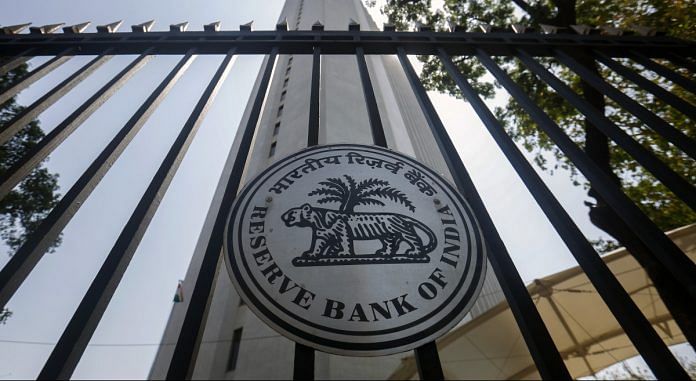Mumbai: The Reserve Bank of India is once again seeking to defend its currency when the Federal Reserve is tightening.
This time though, analysts expect it to mount a more limited defense, aimed at fending off the worst of speculative attacks rather than holding down a line in the sand when capital flows are shifting globally with the Fed set to hike throughout the year.
“The RBI will be careful to fight cavalier speculators, and not the Fed,” said Vishnu Varathan, head of economics and strategy at Mizuho Bank Ltd. in Singapore. “That is to say, prudence warns against trying to defy broad-based dollar trends. After all, a $600 billion plus reserve coffer is harder to build than it is to burn.”
Such a strategy may entail the RBI doing just limited intervention as it seeks to preserve ammunition amid a broad dollar rally fueled by expectations of aggressive monetary tightening by the Federal Reserve. The RBI’s stated objective remains to curb excessive currency volatility and in recent weeks reserves have fallen, indicating market intervention, according to analysts.
The rupee slid to a record low of 77.53 per dollar on Monday as the greenback continued its rise and amid elevated crude prices, which is threatening to widen the trade deficit to unprecedented levels. Foreign funds have been pulling out of the nation’s equities at a record pace and a central bank that held back on policy tightening till last week hasn’t helped matters.
Yet, the rupee’s moves have been orderly over the past month when compared to its emerging Asian peers. The currency is down nearly 4% this year and is in the middle of the Asian pack. It gained 0.2% to 77.32 to a dollar on Tuesday.
India’s central bank is intervening in all foreign-exchange markets including the offshore markets and will continue to do so to protect the rupee that slid to a record low Monday, Bloomberg News reported, citing a person familiar with the matter. A central bank spokesperson wasn’t immediately available for comment.
The nation’s forex reserves stood at $598 billion, latest data showed. While that is down 7% from a record high of over $640 billion in September due to a mix of intervention and valuation changes, it still fares well on key metrics, including import coverage and short-term debt obligation, according to DBS Bank Ltd.’s senior economist, Radhika Rao.
Better Placed
Compared to the onset of the taper tantrum episode when India ran a current-account deficit of nearly 5% of the gross domestic product, the gap is estimated to be the half of that in the current fiscal year. The rupee had plunged to a series of record lows in 2013 as reserves fell to below $275 billion with speculators hammering the currency in the offshore markets, and which spilled over to onshore rates.
Asian central banks have stepped up guard to prevent sharp depreciation in currencies. China has tweaked policy parameters to slow a slide in the yuan, while Taiwan has already intervened in the foreign-exchange market.
“The emerging markets will remain under pressure in such a scenario and so will the rupee,” said Upasna Bhardwaj, economist at Kotak Mahindra Bank Ltd, in Mumbai. “Aggressive FX intervention in such an adverse situation may waste RBI’s ammunition so we expect the intervention to be limited to managing any runaway moves. Besides, the RBI has a robust FX buffer to tackle any depreciation.”
In the options market, bets on the rupee’s weakness as measured through the three-month implied volatility is much lower than the 2013 sell off.
“One way to think about this is that the rupee has transitioned over the past decade from being one of the ‘fragile five’ to behaving like a managed East Asian currency,” Adam Hoyes and Shilan Shah, economists at Capital Economics wrote in a note.- Bloomberg
Also read: Bitcoin continues to fall, drops below $30,000 for first time since last July






